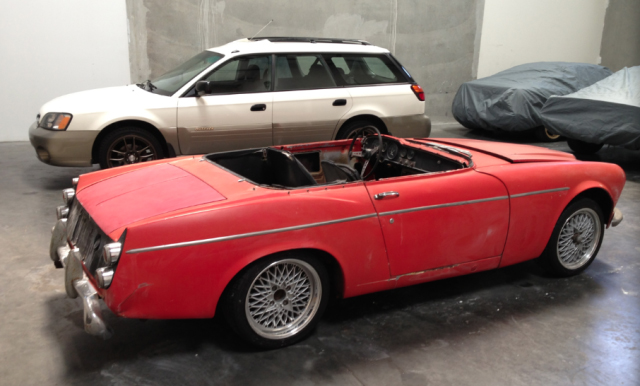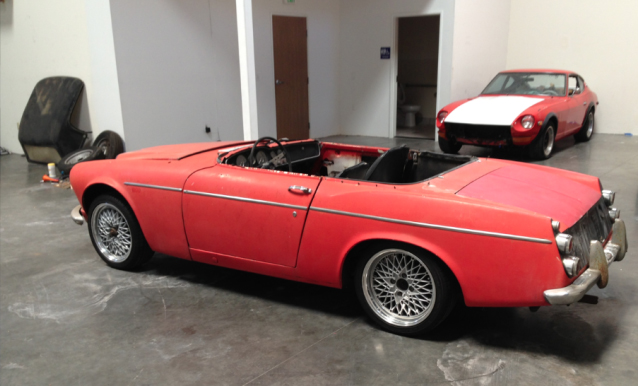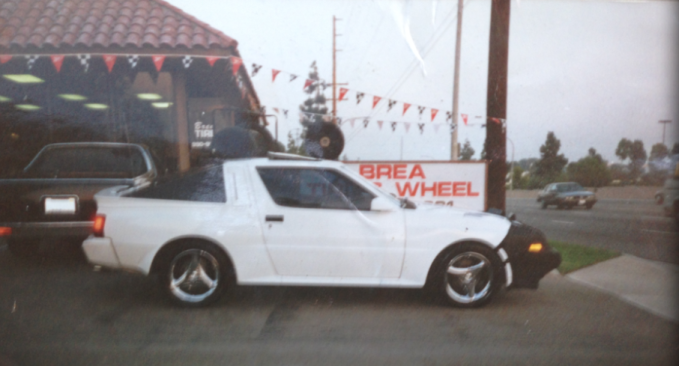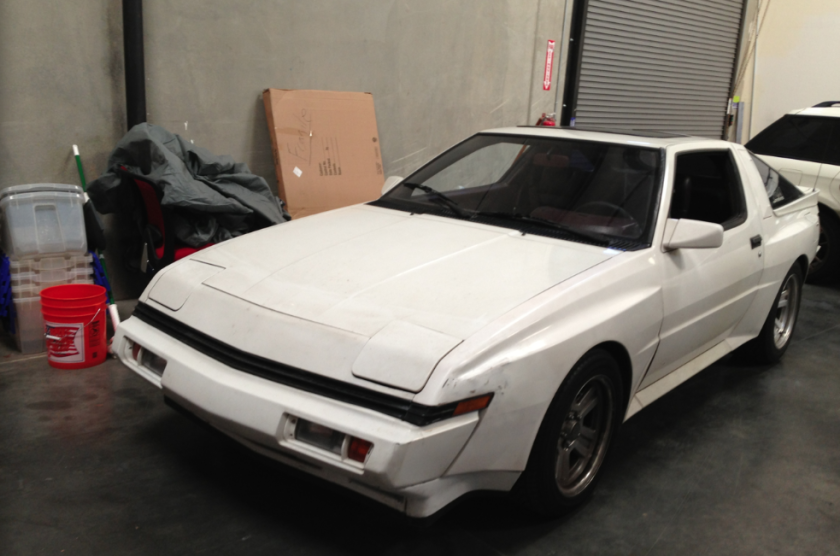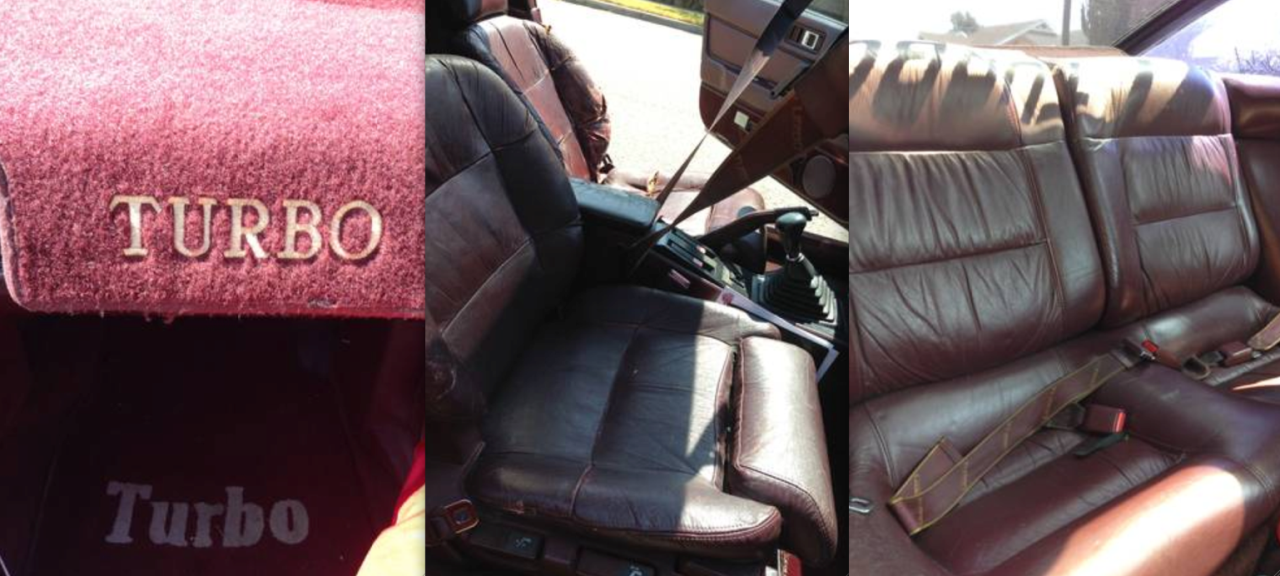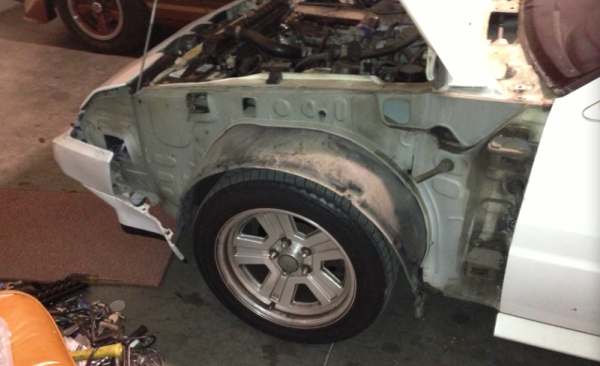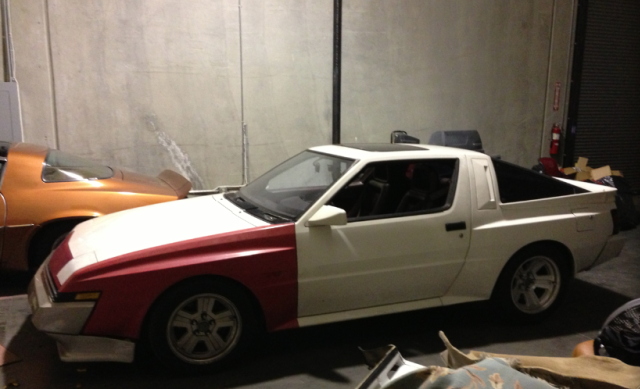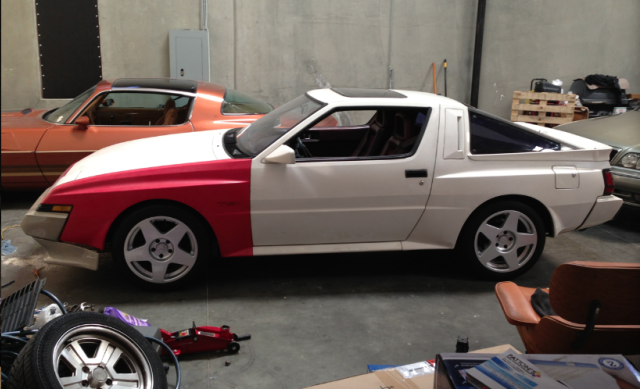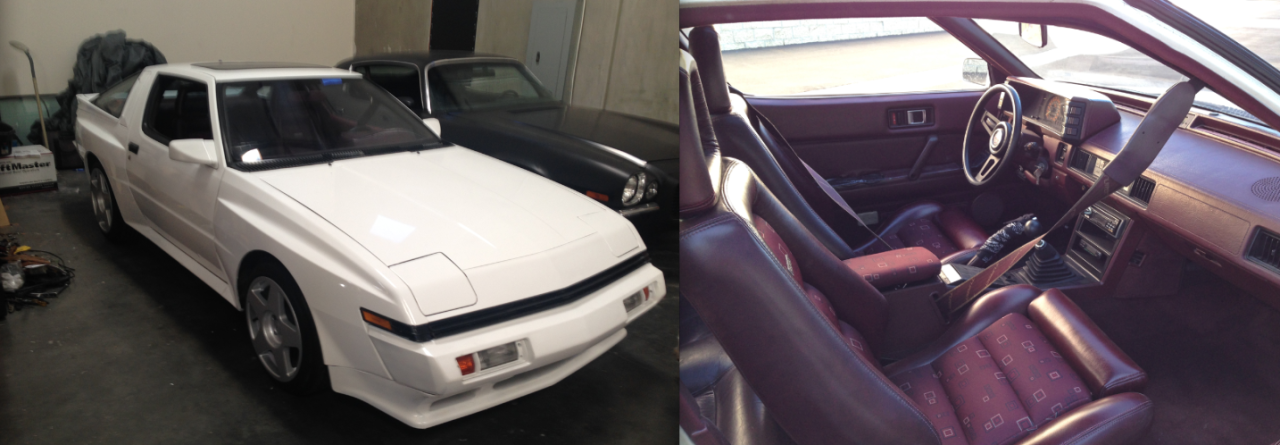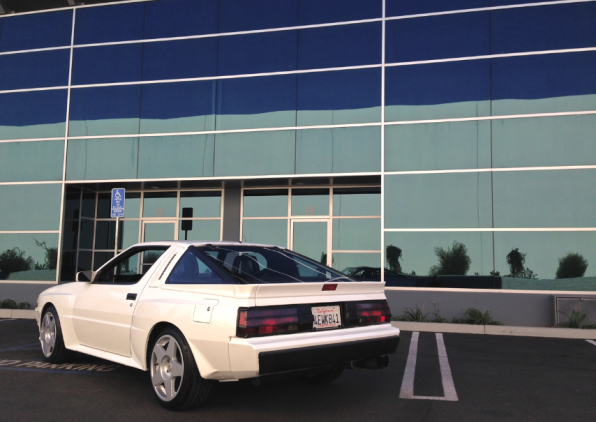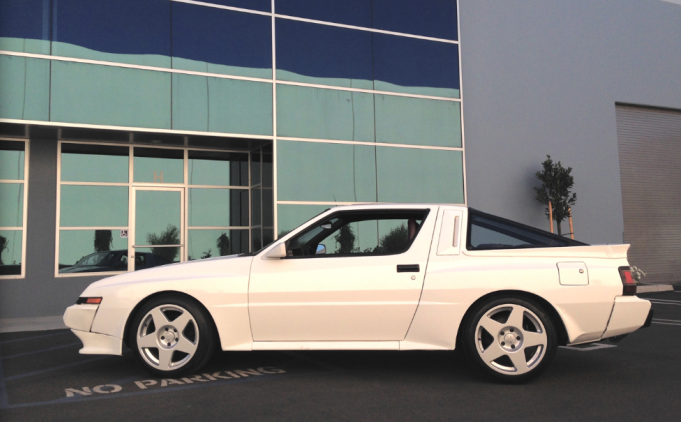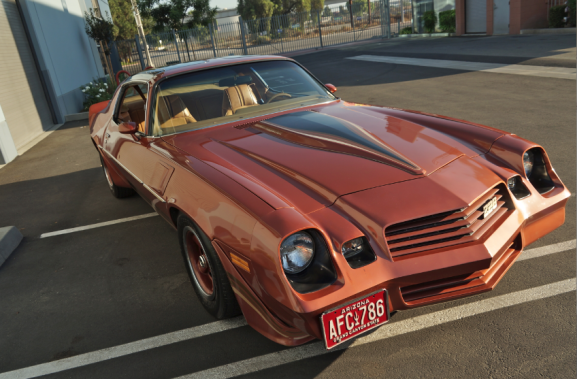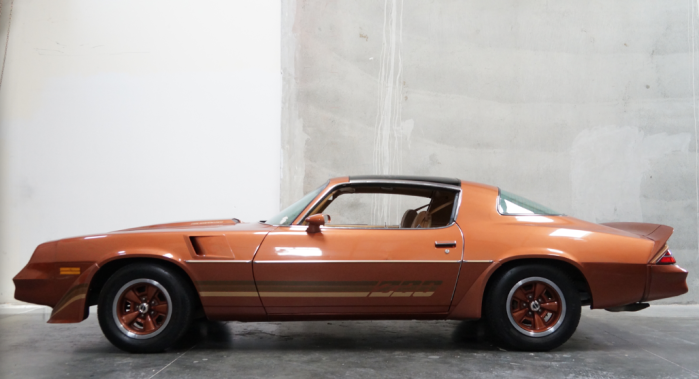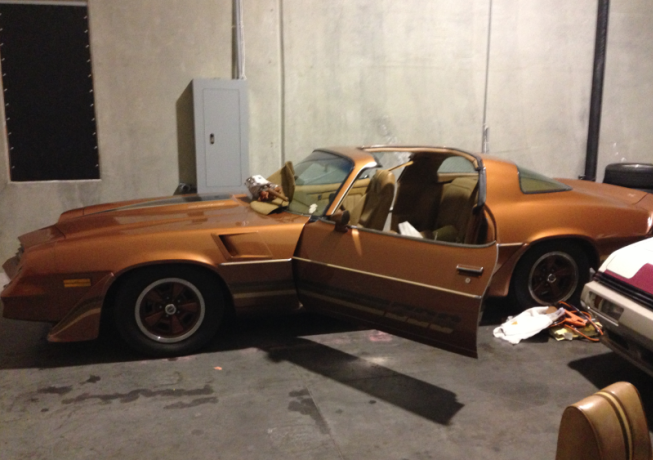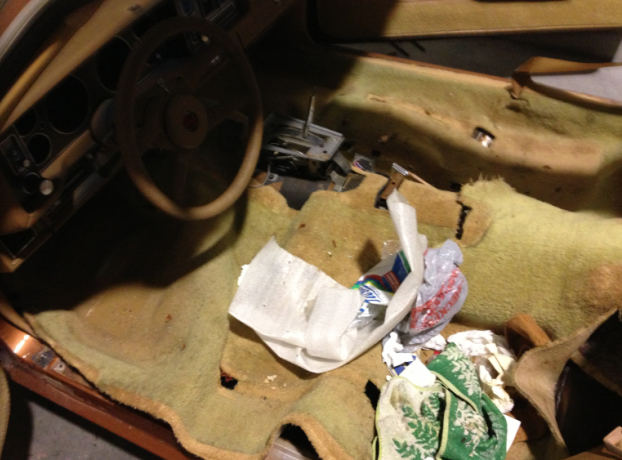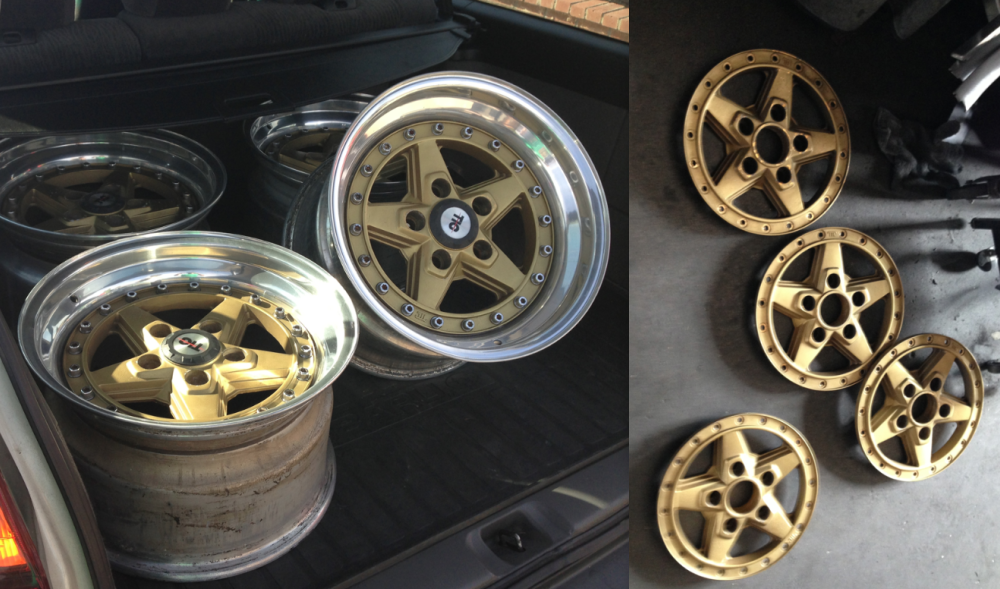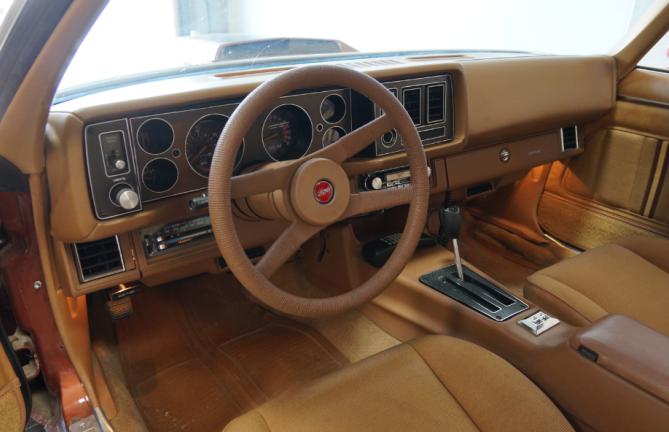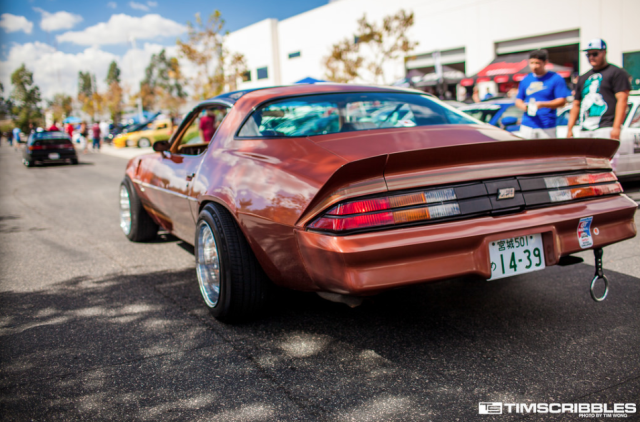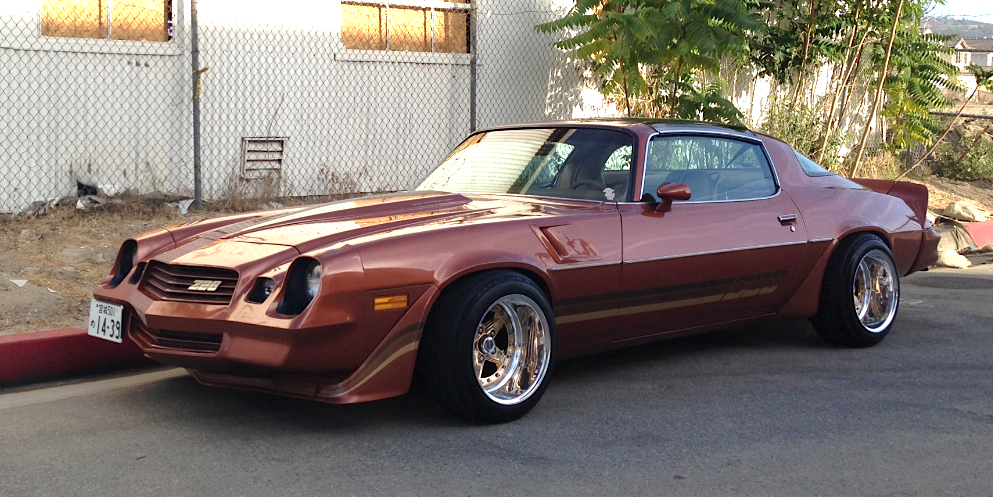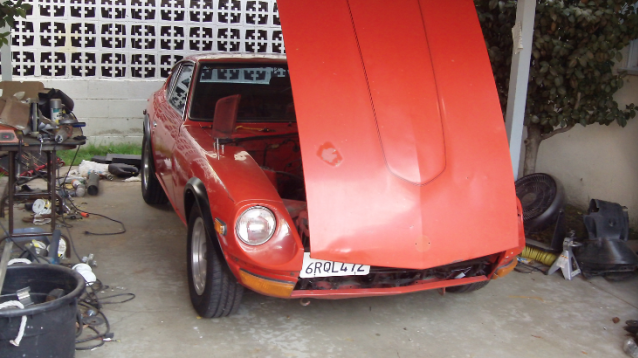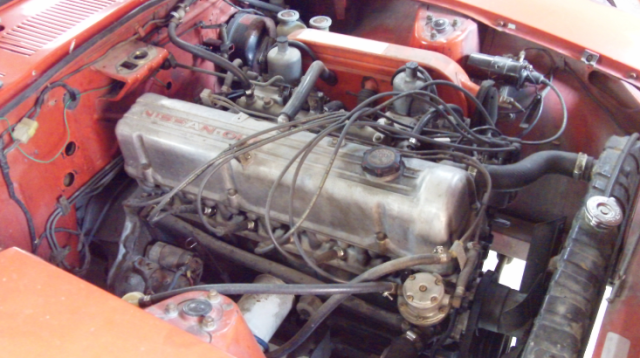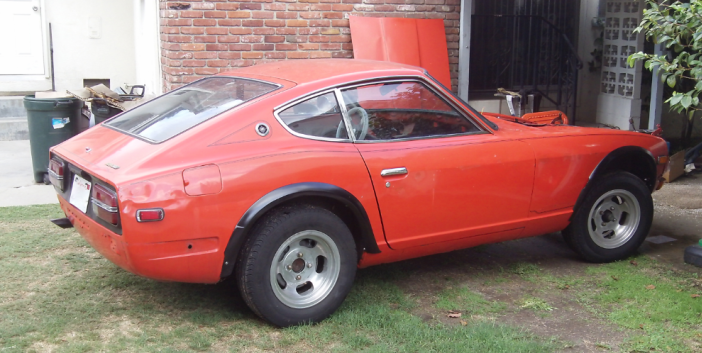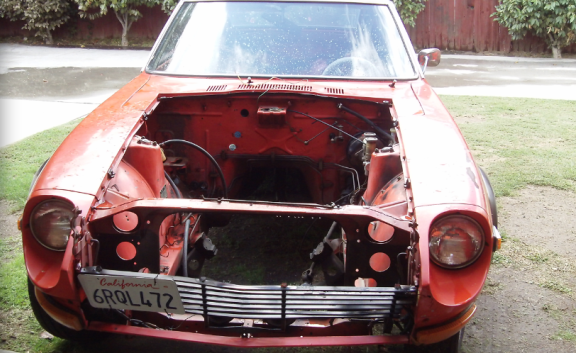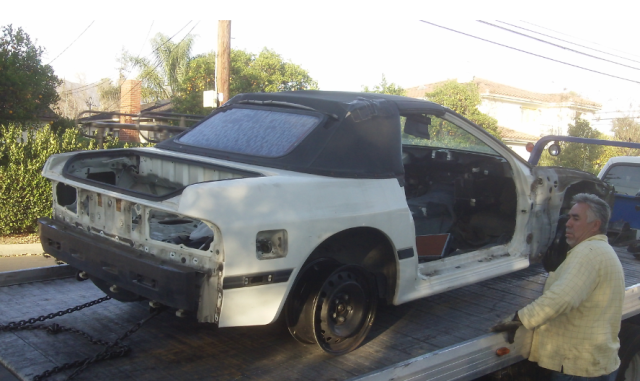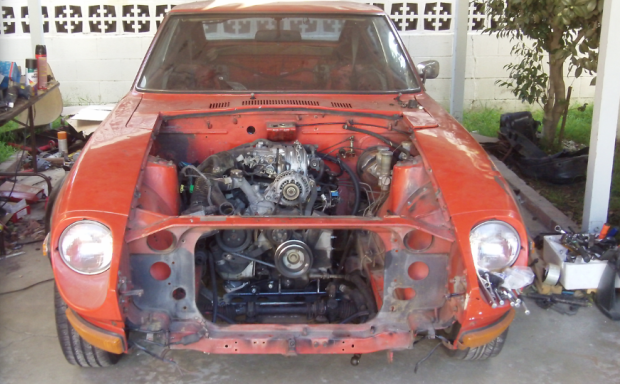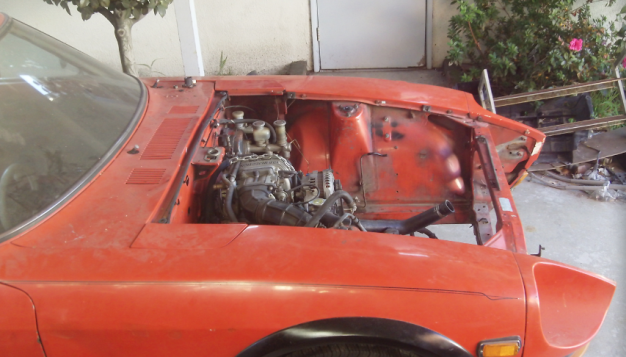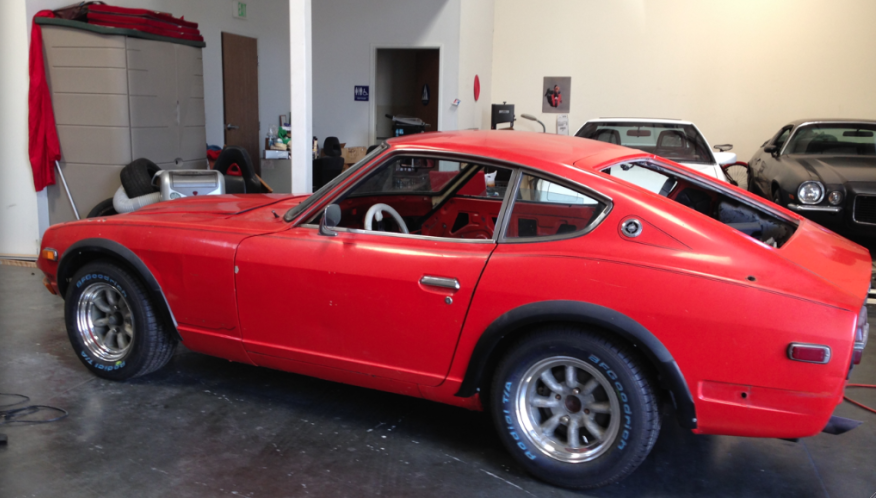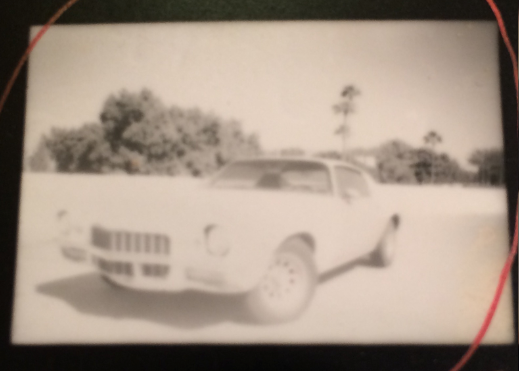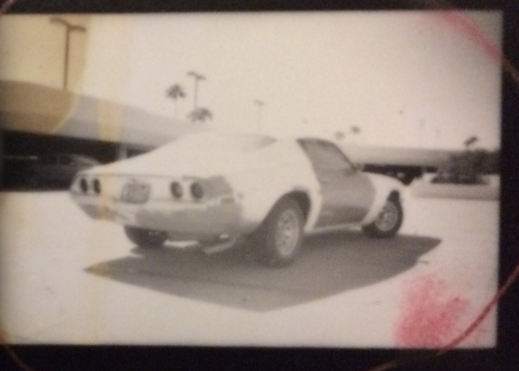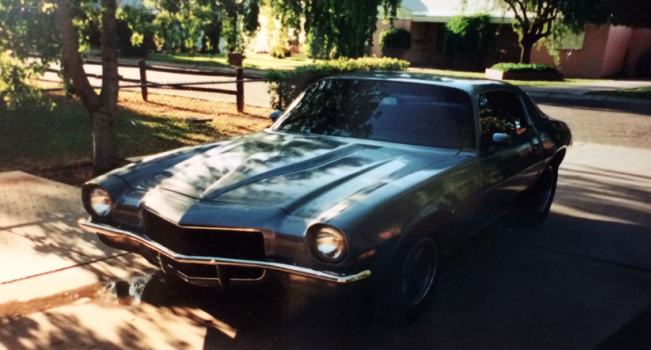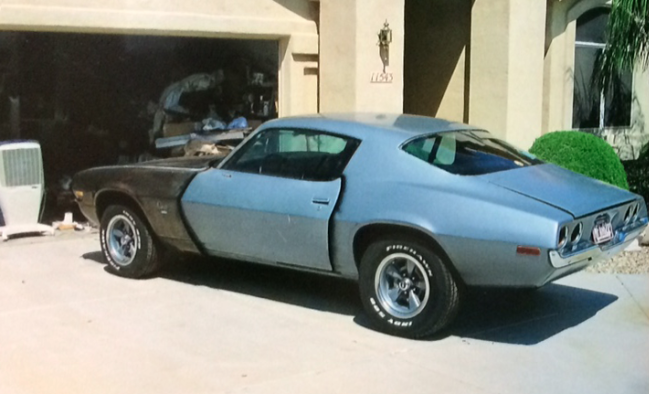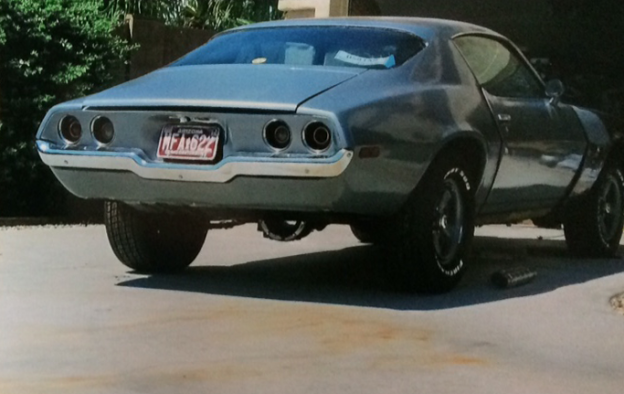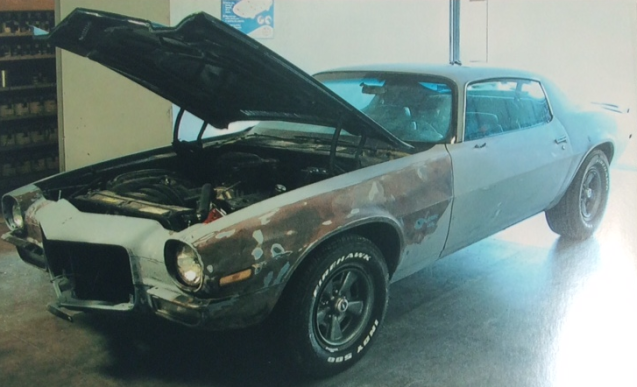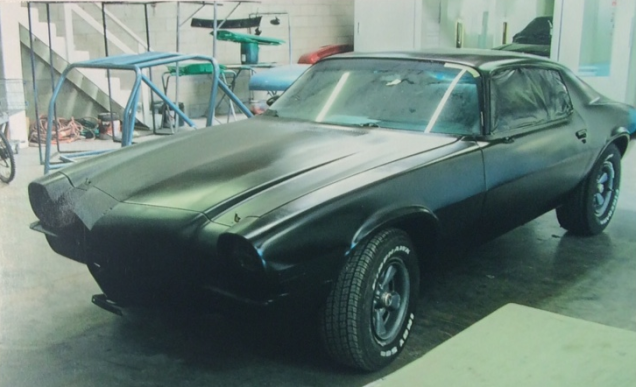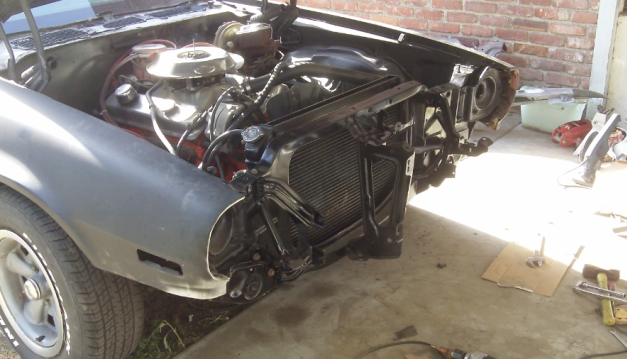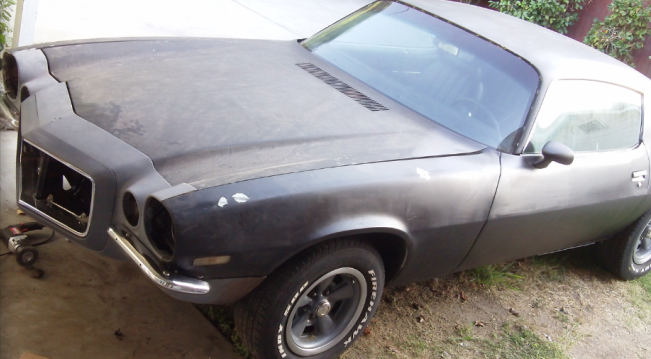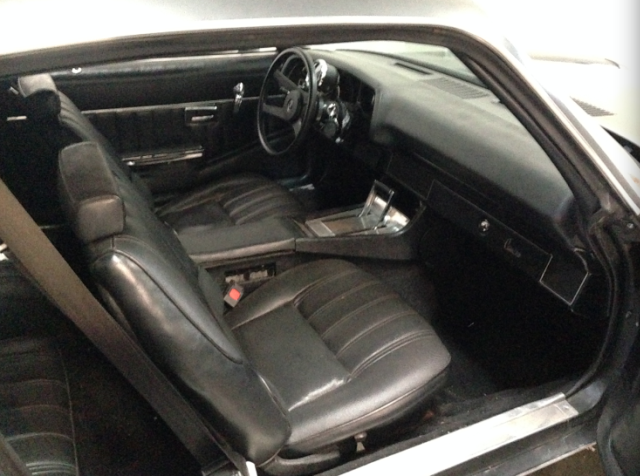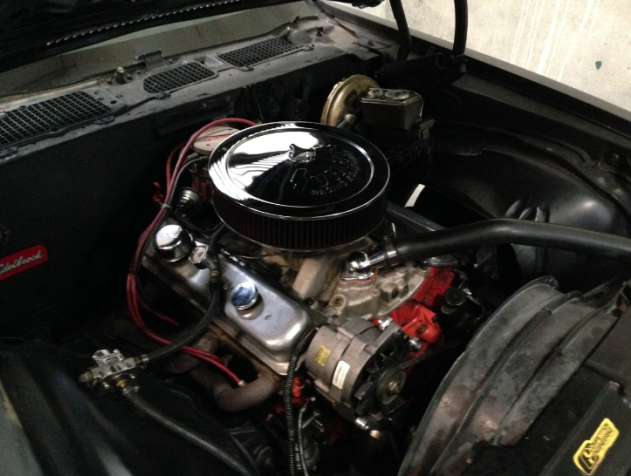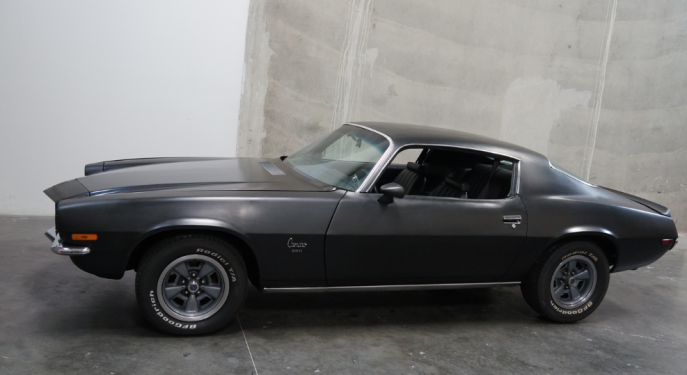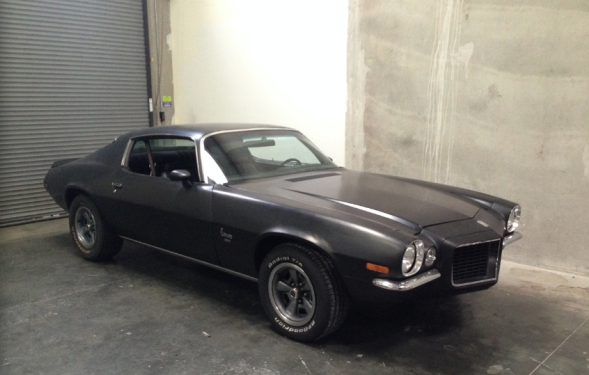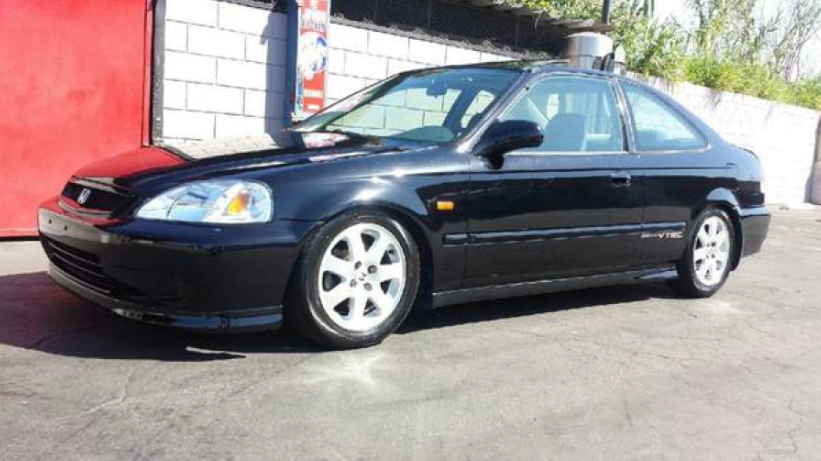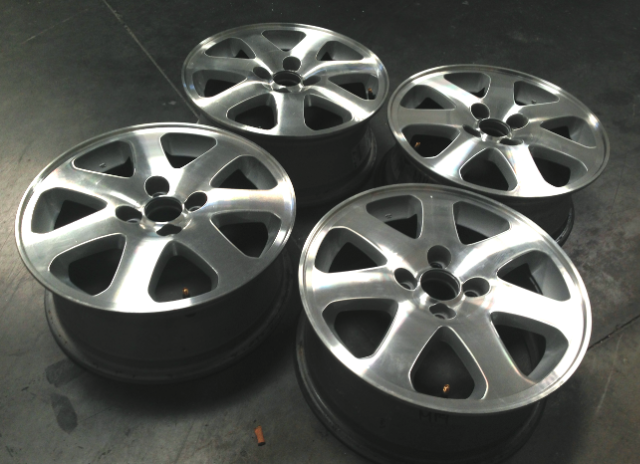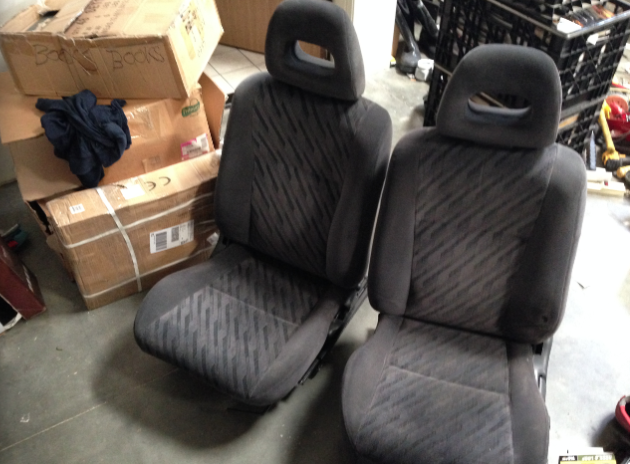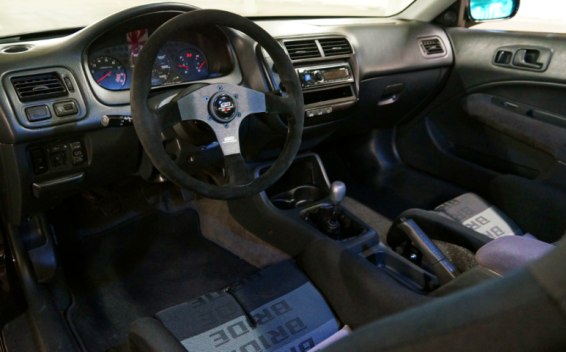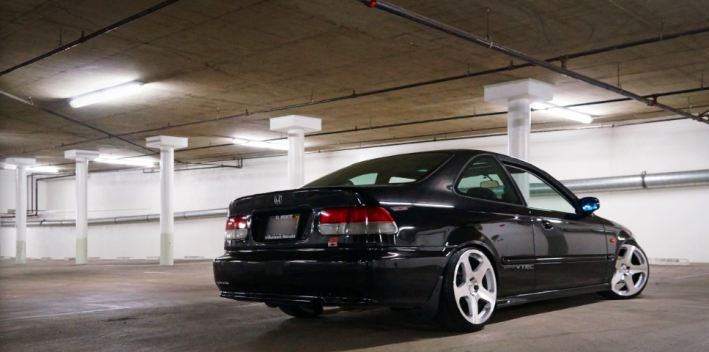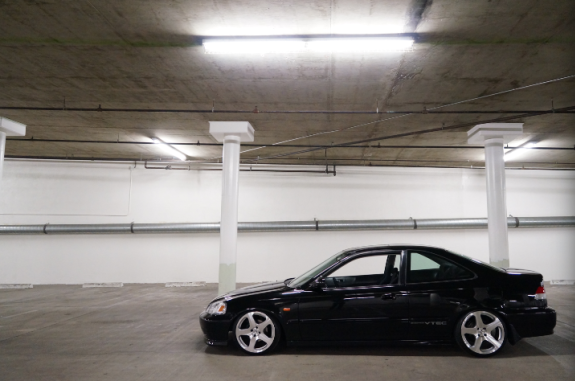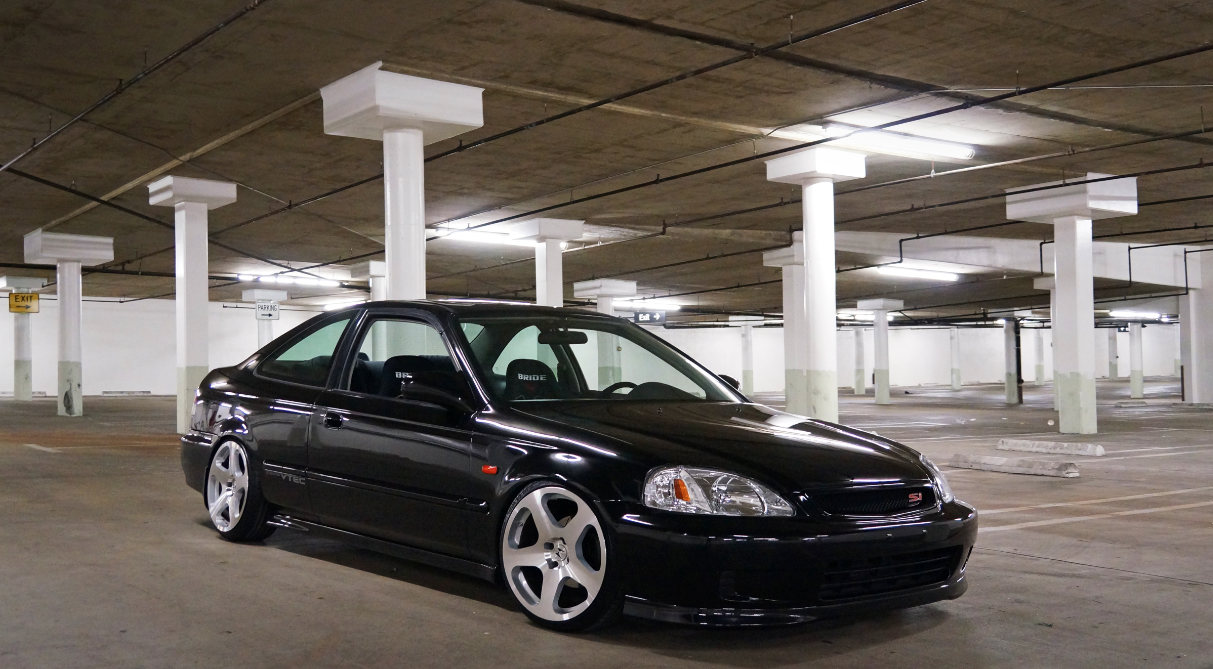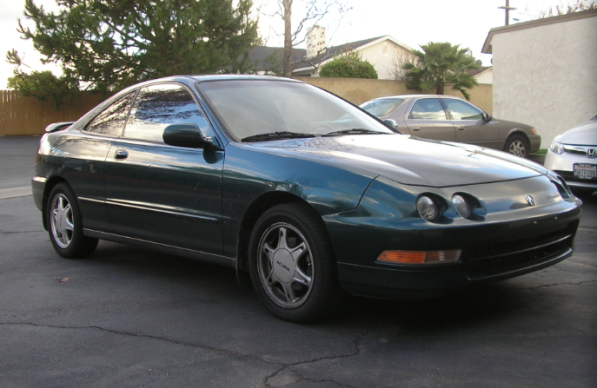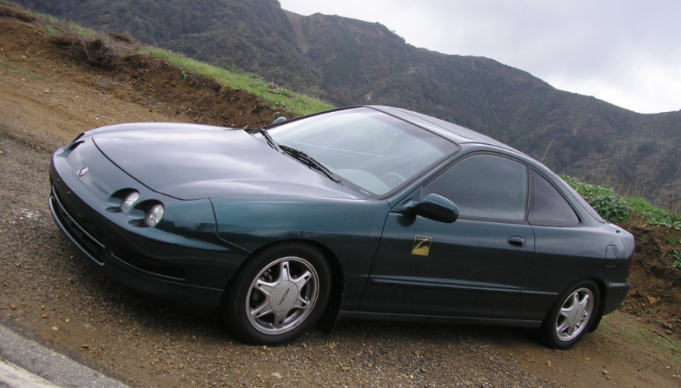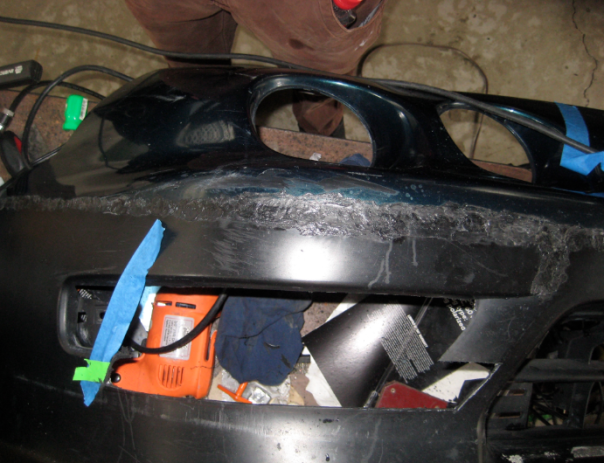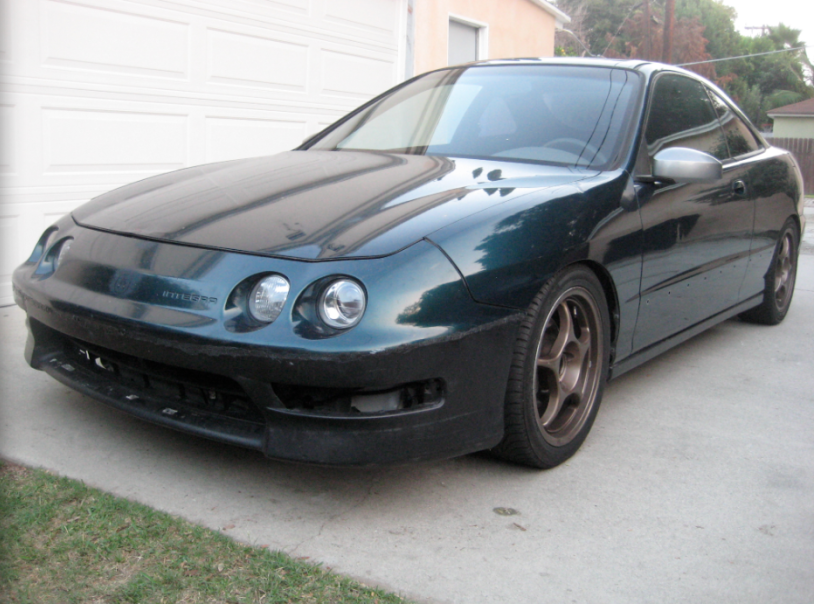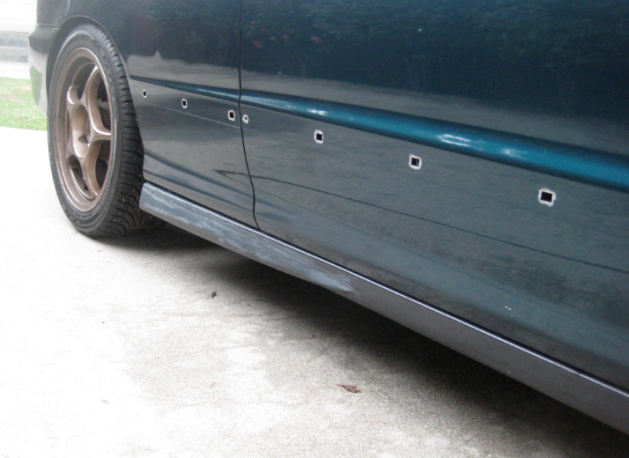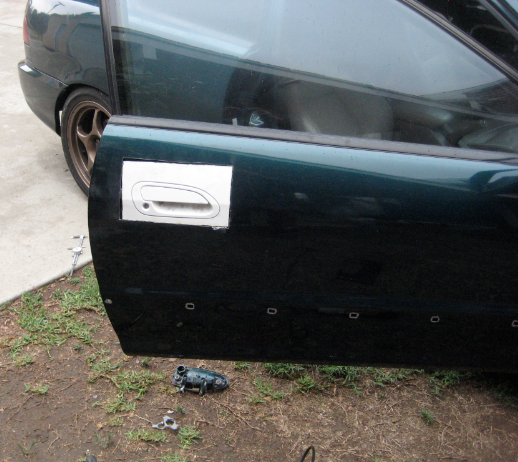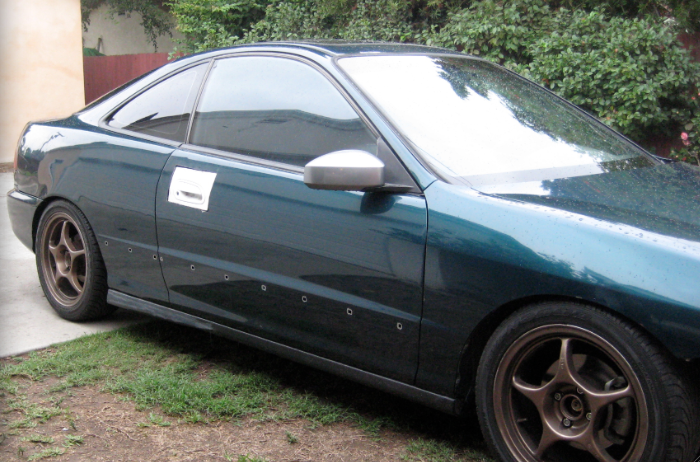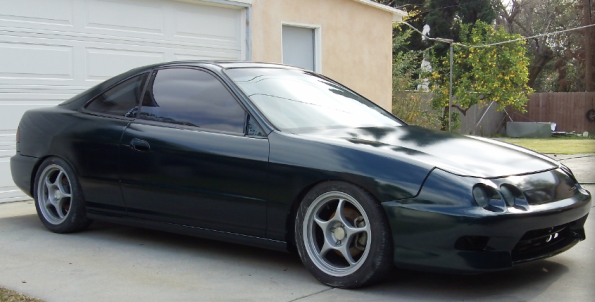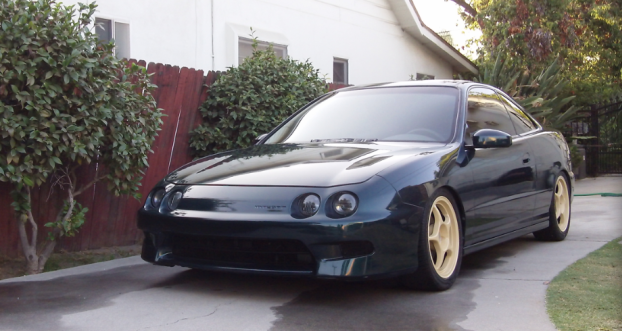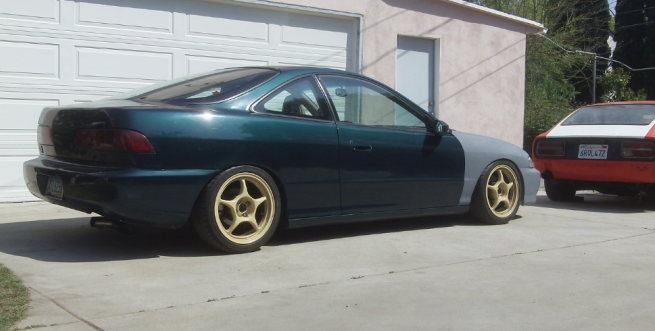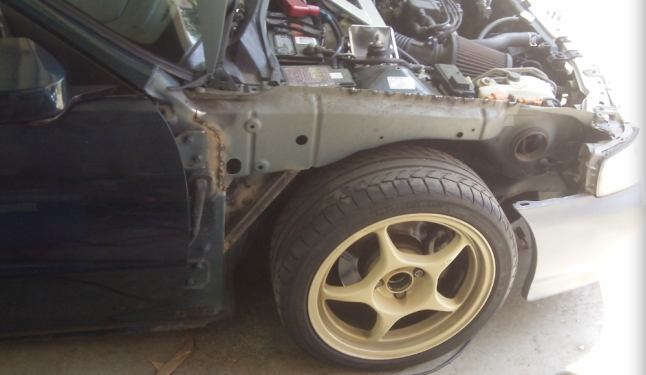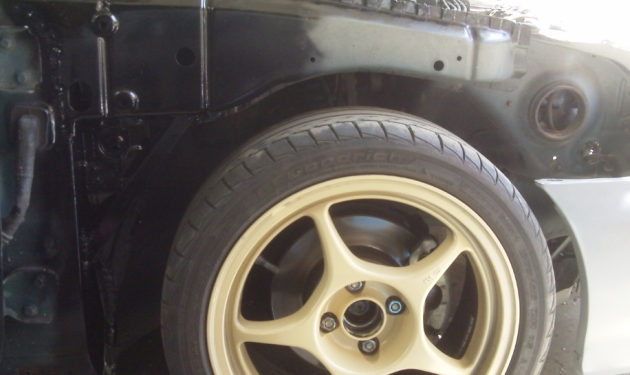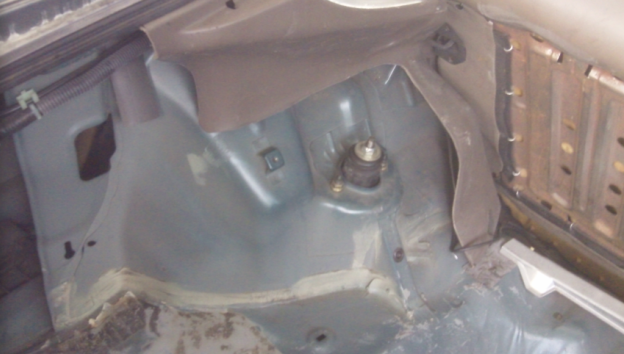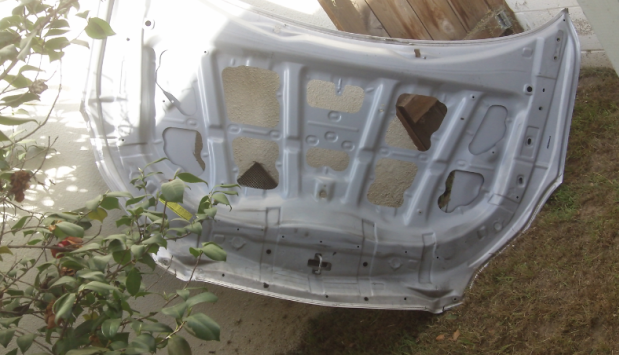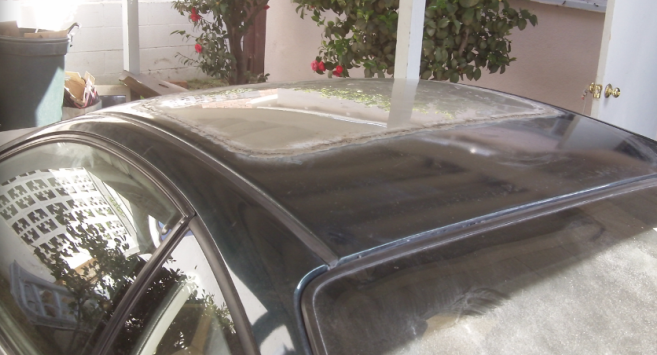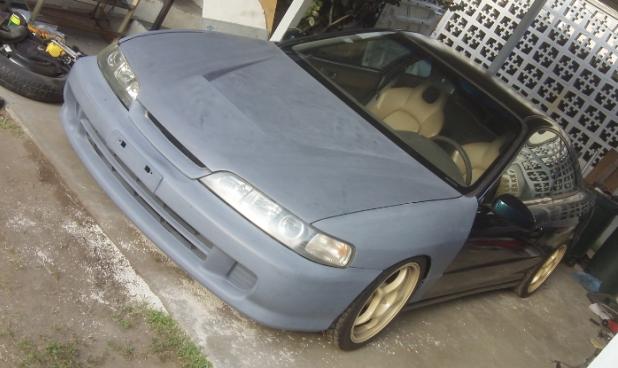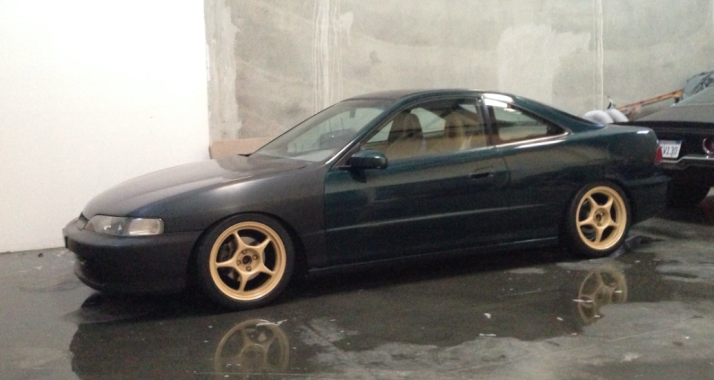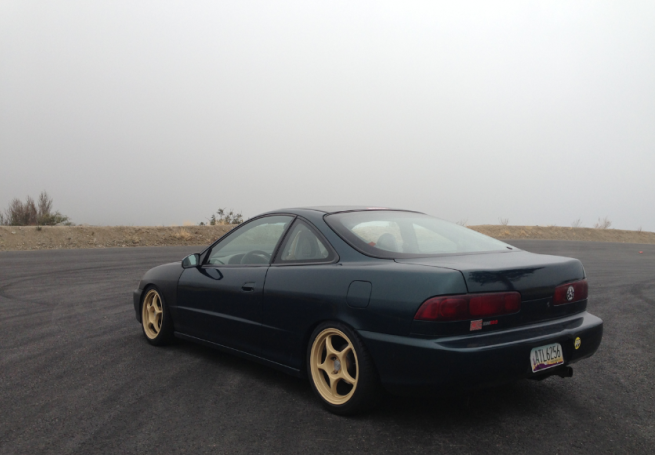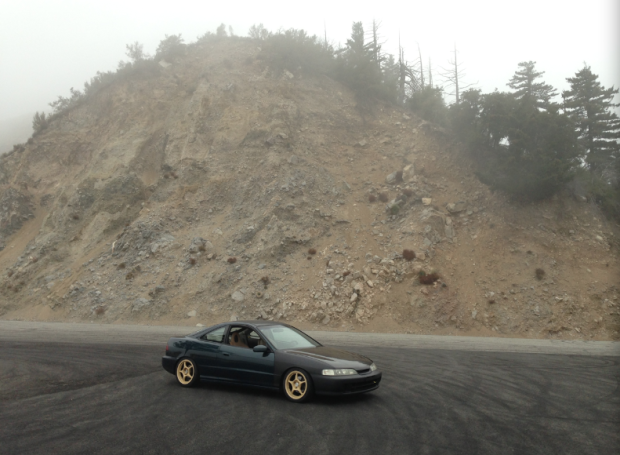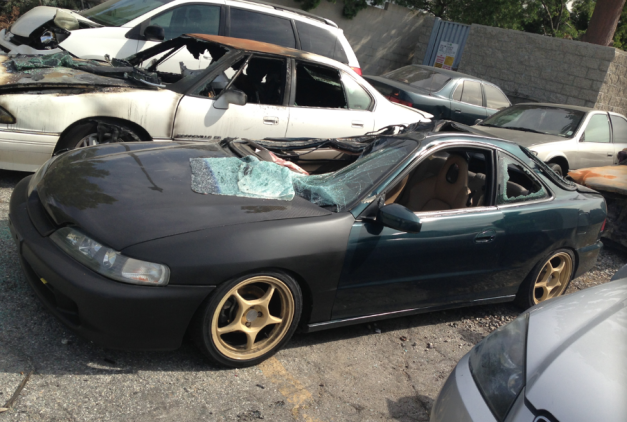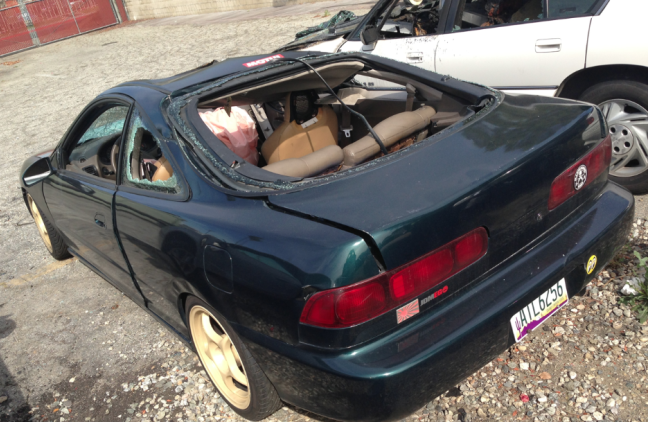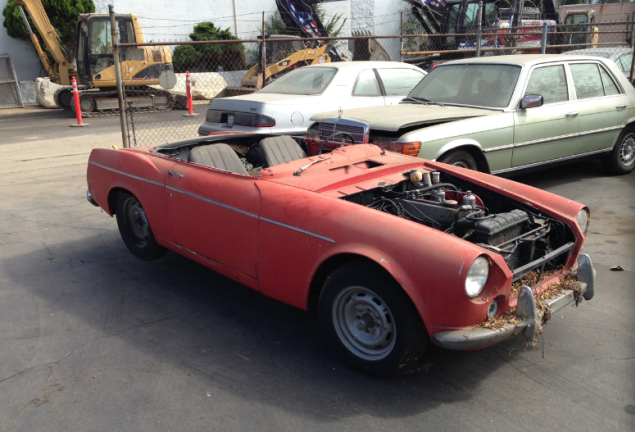
Builder Spotlight: Matt Clark
After sifting through a mammoth 350+ page thread for last weeks featured build, it was a nice change of pace to receive an email from Matt Clark, a designer who has his automotive and non-autmotive work featured on his Tumblr page. Matt has built an assortment of cars from various eras and genres, each of which he’s applied his personal touch to, and I must say he certainly has a knack when it comes to cars. There’s something in here for everyone, ranging from a Datsun Roadster, some Camaros (one special one that you may have seen in a video), through to a couple of Hondas, and even a Mitsubishi Starion!
Click here for more builder spotlights.
All text and images sourced from http://mattclarkportfolio.tumblr.com/
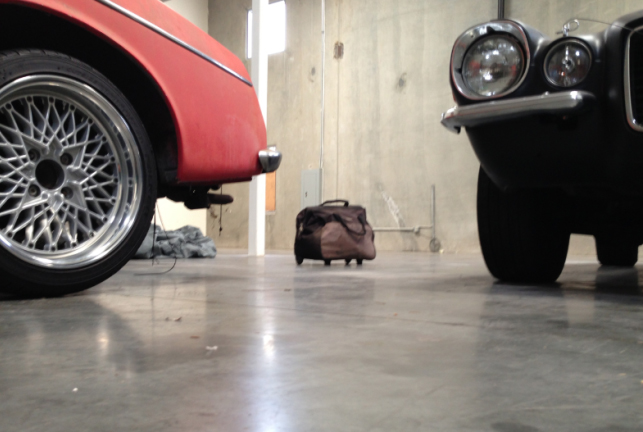
The 1967 Datsun 1600 Roadster Project: This project began as an attempted Rat-Rod style refurbishment. The car’s natural patina was improved and closely aged trunk and hood panels were acquired in addition to restored SSR wheels. However, the project was aborted due to thorough assessment of the vehicle’s underbody rust damage and the prohibitively high cost (and scarcity) of other required replacement parts. For example: The replacement windshield that was purchased alone cost over $600 USD.
- – - – - – - – - -
The 1987 Mitsubishi Starion Project: This vehicle was purchased to be used as a prop vehicle for the Orange Orchid short film with the potential for a full build at a later date. It was purchased from the original owner with worn paint, front seats and wheels. However, the vehicle was fully functional and mechanically sound. Everything electrical and mechanical worked (except the air conditioning). Since it was to be used on camera; everything in need of replacement for the sake of aesthetics were repaired or replaced. The interior received restored, period-correct Recaro seats and an aftermarket steering wheel was installed. There was a photo of the car inside that showed how it looked years ago. Exterior reconditioning included repairing dents and body dings. Additionally, the front bumper, air-dam, fenders and header panel were replaced, window tint was removed, a gloss white vinyl body wrap was applied…and 17 inch Fifteen52 Tarmacs were added. The wheels were a concession to the period-correct appearance yet completely appropriate.
- – - – - – - – - -
1980 Camaro Z28 Project: This car was customized specifically for the Orange Orchid short film. It was reimagined as a 1980’s era shakotan-style build. It was lowered utilizing lowering blocks for the rear leaf springs and CPP drop spindles for the front suspension (with new shocks on all four corners). The factory, mag-style wheels were replaced with dramatic, restored 16×9 vintage Epsilon wheels. Each wheel face was resurfaced by hand and gold plated by Adnan’s in El Monte, CA. The vehicle’s look was enhanced with new carpet, a period-correct car phone, Japanese license plate, vintage bumper stickers and a tsurikawa hung from the rear bumper.
- – - – - – - – - -
1972 Datsun Rotary 240Z: The intent of this build was to create a lightweight street and track capable vehicle. Reducing vehicle weight was paramount to this build. To facilitate the greatest losses, the factory iron-block, inline six engine (and 4-speed transmission) was replaced with a lightweight 1986 Mazda 13B rotary and 5-speed transmission. The interior was stripped and the factory 30 pound seats were replaced with six pound fiberglass units. Also, the front and rear steel bumpers were removed and the hatch and hood were replaced with fiberglass units. Lastly, the wheels were upgraded to period-correct, lightweight Watanabe wheels. Driving dynamics were critical to this build as well. Accordingly, the engine was set as far back in the chassis as possible for optimal weight distribution. So far, in fact, that the engine hoist had to be modified to accomplish its placement. Techno-Toy Tuning coilover struts were purchased, but not installed. This build was ultimately sacrificed due to relocation, but it’s spirit will live on in the currently active custom, tube-chassis build. In fact, the current build will supersede the 240Z build goals in every measure.
- – - – - – - – - -
1970 Chevrolet Camaro Project:
This project started in 2001 and is currently still active. It was purchased in poor, but operational condition. It needed a complete cosmetic and mechanical restoration.
The first stage of the build entailed the repair and/or replacement of critical items. At this time the interior and exterior was completely restored. Many details still remained to be addressed, however.
During the second phase, the Z28 cowl induction hood and front clip were replaced with period-correct pieces. Also at this time the transmission and suspension were fully rebuilt. The engine was rebuilt, balanced and upgraded with Vortec heads, exhaust (with headers) and a Comp Cams 262 camshaft. The vehicle also went through two stages of matte black paint jobs. The first applied by a paint shop looked too contrived and inauthentic so I repainted and hand-weathered the matte black finish.
The design prompt of the project was to create a vehicle that appeared to be a period-correct, factory test-mule with an vintage, patinaed appearance. Therefore elements like climate control and audio options were removed with their controls replaced with delete plates. The heater core housing in the engine compartment was also removed and its section on the firewall was shaved.
This latest phase also included the Rally-Sport, split-bumper conversion. As the project continues, it will refine this existing, reliable foundation.
- – - – - – - – - -
1999 Honda Civic Build:
I wanted to build Civic Si that contradicted the current trend of dubious-quality, radically modified Hondas. This car had to appear like it could’ve been delivered from the factory when completed. The level of refinement and design cohesion had to rival and surpass its OEM configuration.
The factory 7-spoke wheels were replaced with reminiscent Rotiform NUE wheels. The wheels were 17 inches in diameter versus the OEM 15 inch wheels. The suspension was comprised of H&R race springs, Bilstein struts and a Carbing strut tower brace.
The interior was enhanced with a B&M shifter and color-matched grey, Bride racing seats as well as a Mugen steering wheel with quick release. The factory sound system was replaced with Alpine speakers and a Bluetooth compatible headunit.
- – - – - – - – - -
1996 Acura Integra Project (first phase):
This project began as a capable daily driver. It was later modified extensively to appear how it should’ve from the factory—based on my opinion. Initially, the car was lowered and the turn signal’s appearance was made less pronounced by utilizing translucent black paint. The rear spoiler was also removed.
The vehicle would eventually be enhanced with a complete repaint and numerous modifications. The primary refinements included reducing the appearance of the utilitarian elements of the vehicle. Therefore, the side guards were removed and the holes were shaved. Also, the (Infiniti G35) mirrors and (Honda Accord) door handles were sourced to create a more cohesive and refined form language.
The side strakes/light-catchers from an Accord were added to the Integra’s lower rocker panels. However, this modification was removed from the final version because it caused a “busy” appearance.
In order to improve the front and rear graphic elements of the car, several modifications were made. The rear bumper and hatch emblems/embossing were shaved. The rear license plate brackets were removed and the license plate was tucked up higher in order for the bottom to be flush with the bumper’s curving transition. The front bumper/fascia had the emblems removed and the 1996 upper half was combined with the later 1998-01 lower half. That fascia was modified further with custom vents and LED strips which replaced the awkward-appearing turn signals.
Lastly, the OEM 15 inch wheels were replaced with 16 inch Enkei RP01 wheels.
Unfortunately, the project was abruptly ended during a canyon-carving test session. The vehicle had incredibly high limits.
- – - – - – - – - -
Check out Matt’s work on his Tumblr page here.

